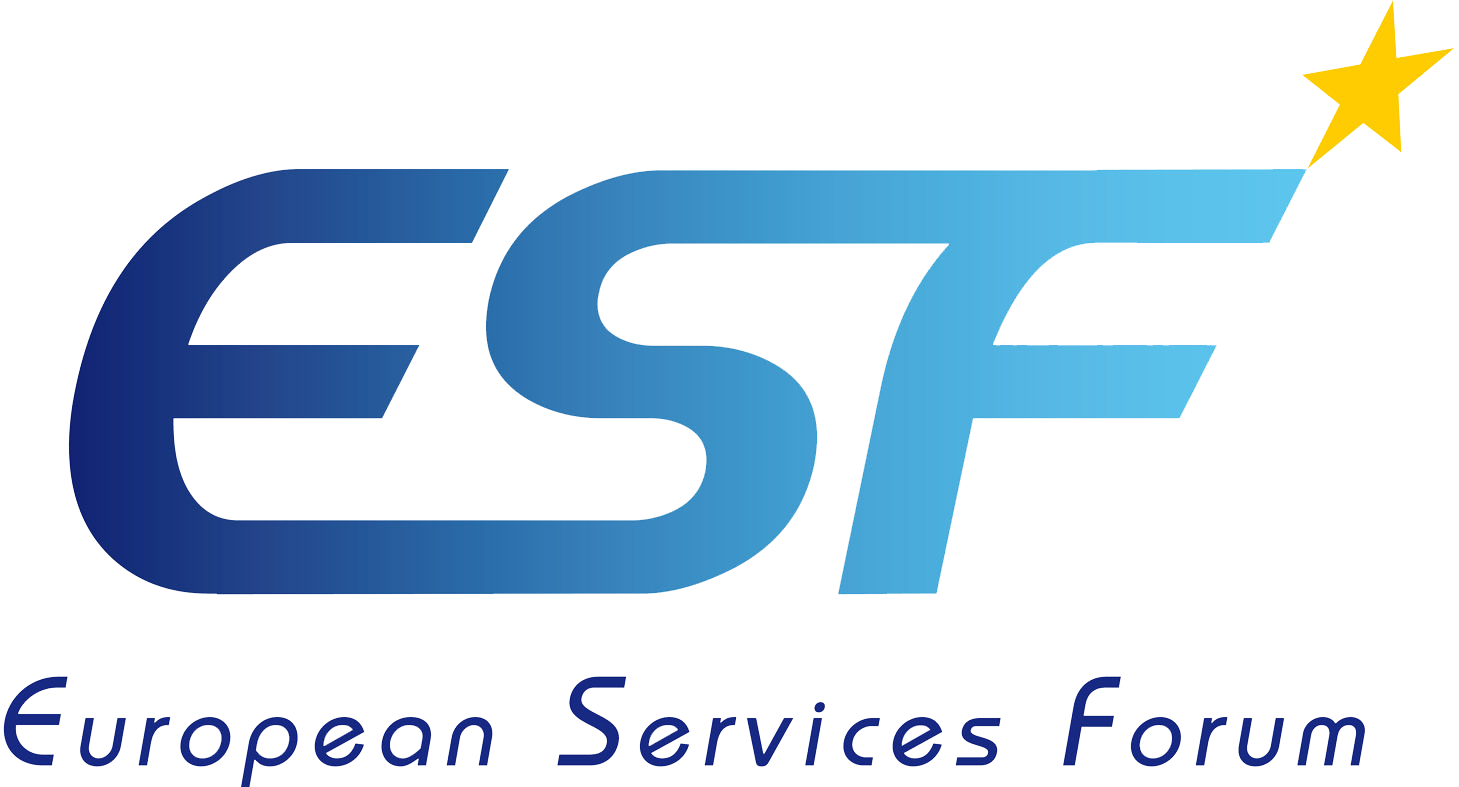At the EU-Latin America and Caribbean summit in 2004, the EU and the Central American region agreed to negotiate a new Association Agreement consisting of three pillars: political dialogue, cooperation and trade. The new agreement would aim to reinforce the political and economic stability of the region by fostering sustainable development and deepening the process of regional integration, as had been the case with the existing Political Dialogue and Cooperation Agreement. Such objectives would be important for attracting investment to the region and helping local businesses develop strength through regional markets to compete internationally.
Negotiations were launched in 2007 and were successfully concluded by the 2010 Madrid EU – LAC Summit in May.
The agreement has secured commitments in services which are significant covering all modes and cater to the EU’s interests in a number of sectors including telecommunications, environmental, financial and also maritime transport services.
Public procurement markets have been opened in varying degrees with Panama and Costa Rica in particular opening their markets more significantly than the other Central American countries covered in the agreement. The agreement also covers common rules relating to competition and transparency in order to assist in the promotion of a level playing field. Furthering this objective a dispute settlement mechanism is included in the agreement to maintain a fair application of such rules.
The text of the Association Agreement was initialled in Brussels on 22 March 2011. In June 2012, the EU signed this ambitious and comprehensive Trade Agreement with Central America.
On 11 December 2012, the European Parliament gave its final consent to the Agreement. A majority of MEPs (557 MEPs in favour) supported the deal which will work to boost trade ties, economic growth, sustainable development and regional integration.
The Association Agreement with Central America is the first ever region-to-region Association Agreement which relies on three mutually reinforcing pillars, namely political dialogue, cooperation, and a trade agreement. Trade flows between the EU and Central America represented €8 billion in 2011. The trade pillar is expected to be provisionally applied in the course of the second quarter 2013, once the Central American countries have all finalised their internal processes. Once ratified, this agreement will open up markets on both sides; help establish a stable and business and investment environment. An increase by 25-30% of the trade flow in value on both sides is expected as a result of this agreement. In turn, this should be translated into a GDP growth of Central American countries varying between 1 to 2%.
Important excerpts from the text of the agreement, including commitments on services taken by the parties:
Text Part I: General and institutional provisions
Text Part V: General and final provisions
Annex X: Establishment commitments
Annex XI: Cross-Border supply of services commitments
Annex XII: Reservations of Key Personnel and Graduate Trainees for the EU
Annex XIII: Key Personnel and Graduate Trainee commitments for Central America
Annex XIV: Business Service Sellers commitments for Central America
Annex XVI: Government Procurement
The full agreement can be found: here
For more information:
